The most frustrating aspects of the 7D are as follows (in no particular order) –for the record–I haven’t searched the web for similar lists, these are all 100% my thoughts after spending 7 days in the backwoods of Maine with the 7D…
Missing waveform monitor – yes, this can be resolved with a professional LCD external monitor, however it is frustrating to be without such a necessary tool. After all, Canon has been putting histograms on their very basic Digital ELPHS for many years. This seems like a terrible oversight. There is a slight work around: when playing back the footage, you can hit the “INFO” button and then hit the “OK” button which will pause playback. When the image is still, the histograms/waveforms are on display.
Fast Forward/Rewind function lacking in Playback – this is self explanatory and extremely irritating when trying to move through false starts and resets.
Zebra bars – there is no way to know if your image is clipping. This was particularly problematic because the low-grade LCD monitor that I was using had a terrible contrast ratio (never use the Marshall LCD70P-HDMI). There were many occasions where I thought I was overexposed, but when I pulled the HDMI cable and saw it on the camera’s built-in display the highlights looked amazing. The fact that I couldn’t see where exact IRE levels fell was a huge problem for making confident exposure judgements.
Peaking – not that you can really see focus well on the built-in monitor, having this would make that easier. Like many of these shortcomings, this is a “feature” that has been standard on camcorders for as long as I can remember.
Changing View Mode once recording is disabled – There are several view modes that are scrollable with the “INFO” button. One of them uses the largest portion of your external monitor therefore making focus judgements that much easier. Unfortunately, this mode completely lacks any OSD (this seems like something that should be user defined) and therefore inhibits one’s ability to know where the exposure meter is falling. It’s also nice to confirm that you are still shooting at the proper shutter speed and ISO at all times. There is enough room for these graphics because this mode perfectly mimics what you see on the camera’s display. There were countless times where I changed view modes to check exposure and then started rolling and was stuck in the inferior monitoring mode until we cut.
Single HDMI capability – When you plug in your external monitor, the camera’s display goes out. From a battery standpoint, this is probaby a good thing, however, when you are using a cheap monitor like we were, then not seeing the higher resolution on board makes exposure judgements difficult. I constantly had to pull out and put in the HDMI cable for this reason.
Iris changes are clunky – When shooting day exteriors, there are many factors that require iris racks. When in the sheltered blue sky world of Los Angeles, we forget that there are weather patterns in other parts of the universe that have things like clouds. Clouds are not friendly when they decide to stay for half of a take and then leave. This is why camera-people invented iris racks. However, you will blow a take if you dare mess with the electronic iris on the 7D during a shot. I’m not sure how to describe it, but the best word would be “clunky” or “jumpy”. I love riding the iris during takes, but that hand driven finesse is unachievable with the 7D.
No adjustable frame lines – I was having a very difficult time seeing where my vertical safe space ended and where my 1.78:1 frame line began. Let me back up for a second and say that I’m thankful for the space above and below my frame to check for boom and any other undesirable elements. That being said, knowing what my true frame is, is also important!
Lack of slow shutter speeds – I wanted to get a shot of the moon and stars, but the slowest I could set my shutter was 1/30th of a second! A very slow shutter would have opened up a vast number of options for night shooting as well as crazy motion blur looks. The work around would have been taking a ton of stills and throwing them on a timeline, which is certainly extra work, but not insane.
Grain/exposure when taking stills – somehow my exposure was set correctly for moving images, but when snapping a shot (even in RAW mode) the images came into Photoshop way under exposed and grainy. This seems counter-intuitive. Part of what I love about the 7D is that I can instantly take 18 megapixel stills of my frame. Unfortunately, they turn out about a full stop underexposed if I fail to compensate for that.
Spot meter is missing – Many of my complaints have to do with the most critical part of cinematography: exposure! This is infinitely maddening. Once again, these are such standard features in camcorders, their oversight is mind-boggling. Clearly Canon feels the need to protect their motion picture division.
Highly compressed recording codec – Recording in H.264 is certainly not ideal from a compression or color space point of view. I’m curious to see how this will all play itself out in color correction. I wasn’t completely dismayed by what I was able to do in testing, but we’ll see when the actual film goes through post.
Rolling shutter – so much has been written about this pitfall by other people, I’m not going to say anything other than: yikes.
Conclusions – For the money, the 7D is a great buy for consumers. Going on vacation with your SLR and having the ability to grab some HD footage to share on Facebook is wonderful. Capturing these moments through your Canon L-series lenses, that’s even better! Unfortunately, Hollywood’s producers and producers around the world are taking tools that are clearly designed for tourists and forcing them upon cinematographers.
The amount of accessories needed to turn these cameras into legitimate filmmaking tools are a huge turn off for me. Not to mention the fact that there aren’t many “deals” on rentals. In Los Angeles, the price difference between renting a fully loaded 5D/7D is so close to what I can get a RED for, that it makes my head spin. Especially on a short shoot, you would be insane to take a DSLR over the RED One.
While many of us have “friends” who own 7Ds, most of them just have the body and some cheap lenses. If you care about exposure and focus, then you need to rent monitors. $$. If you care about reducing rolling shutter (aka “earthquaking”), then you need to rent a handheld rig. $$. The list goes on. Essentially, if you have to sub-rent a bunch of accessories, do yourself a favor and put an ad on Craigslist for a RED. They go for $300-400/day now fully loaded. God bless laws of economics and an overflow of supply.
In the meantime RED fans, go here.
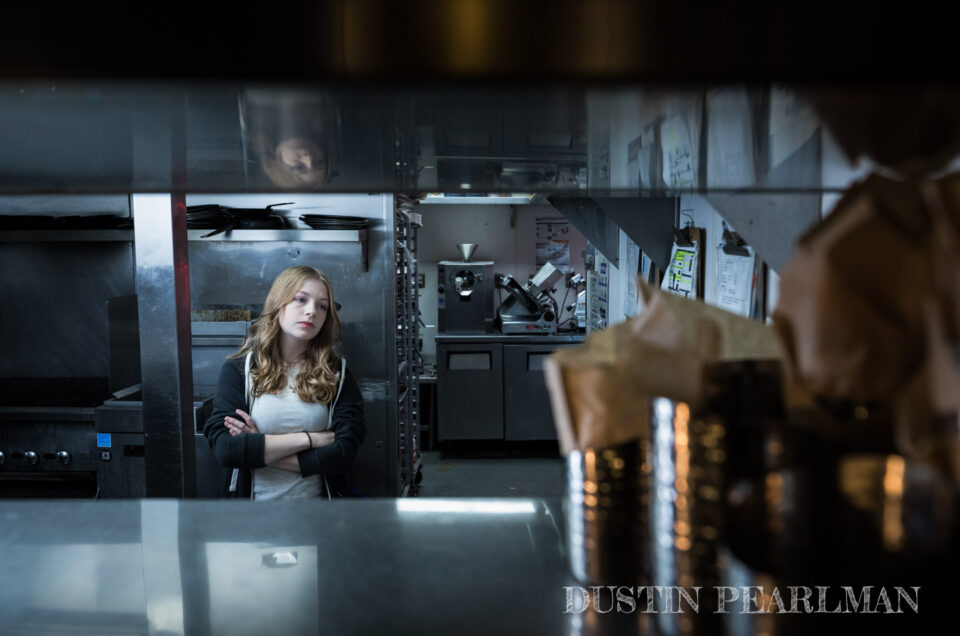

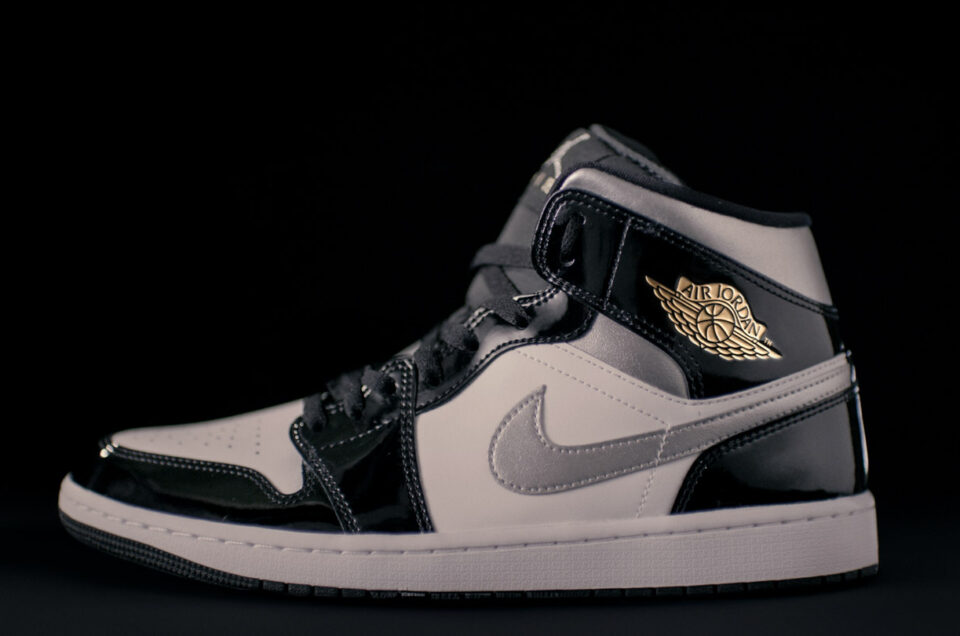
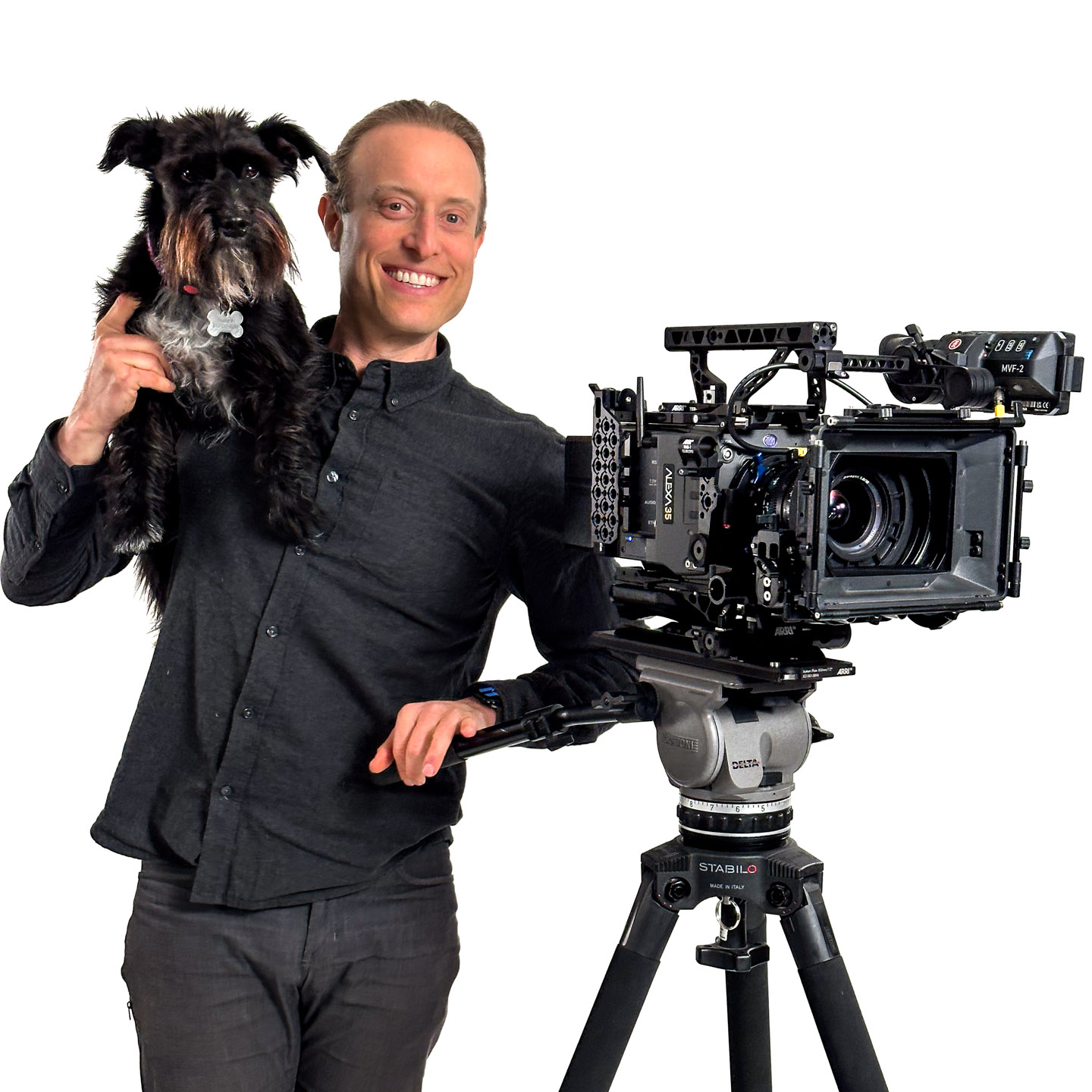
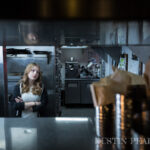
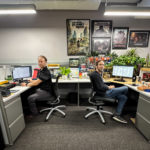

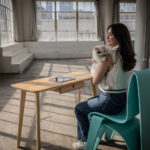
Leave a reply